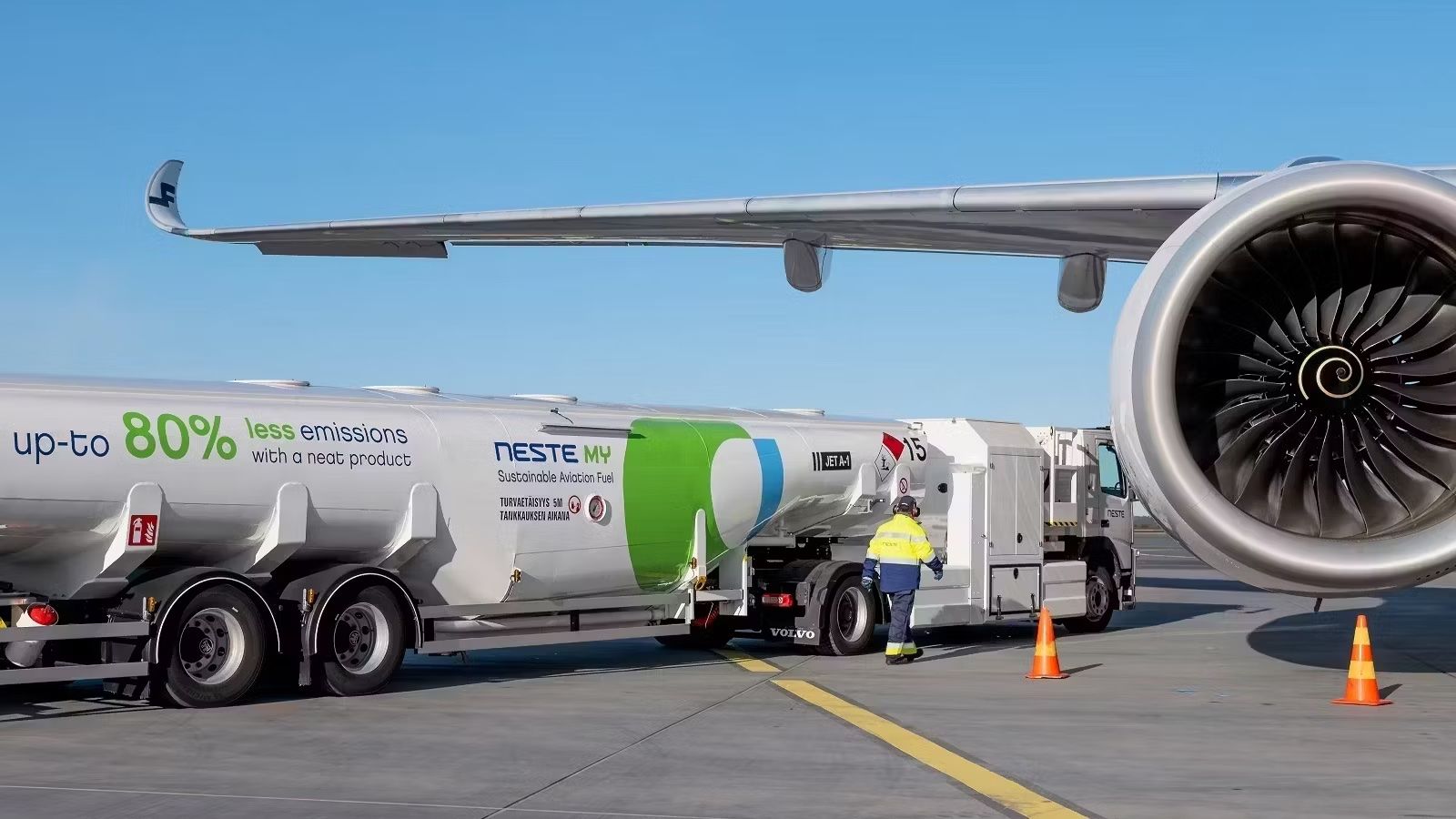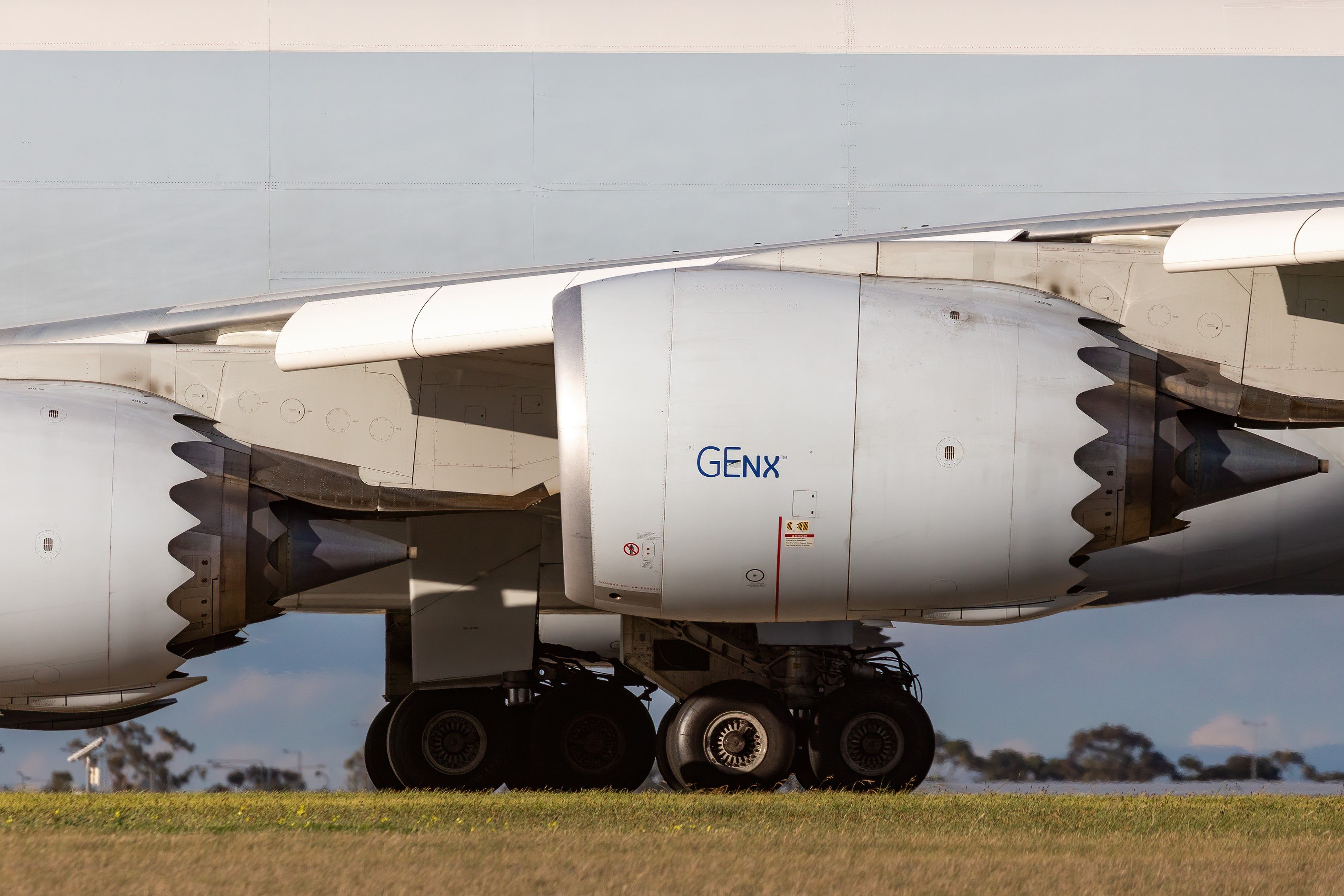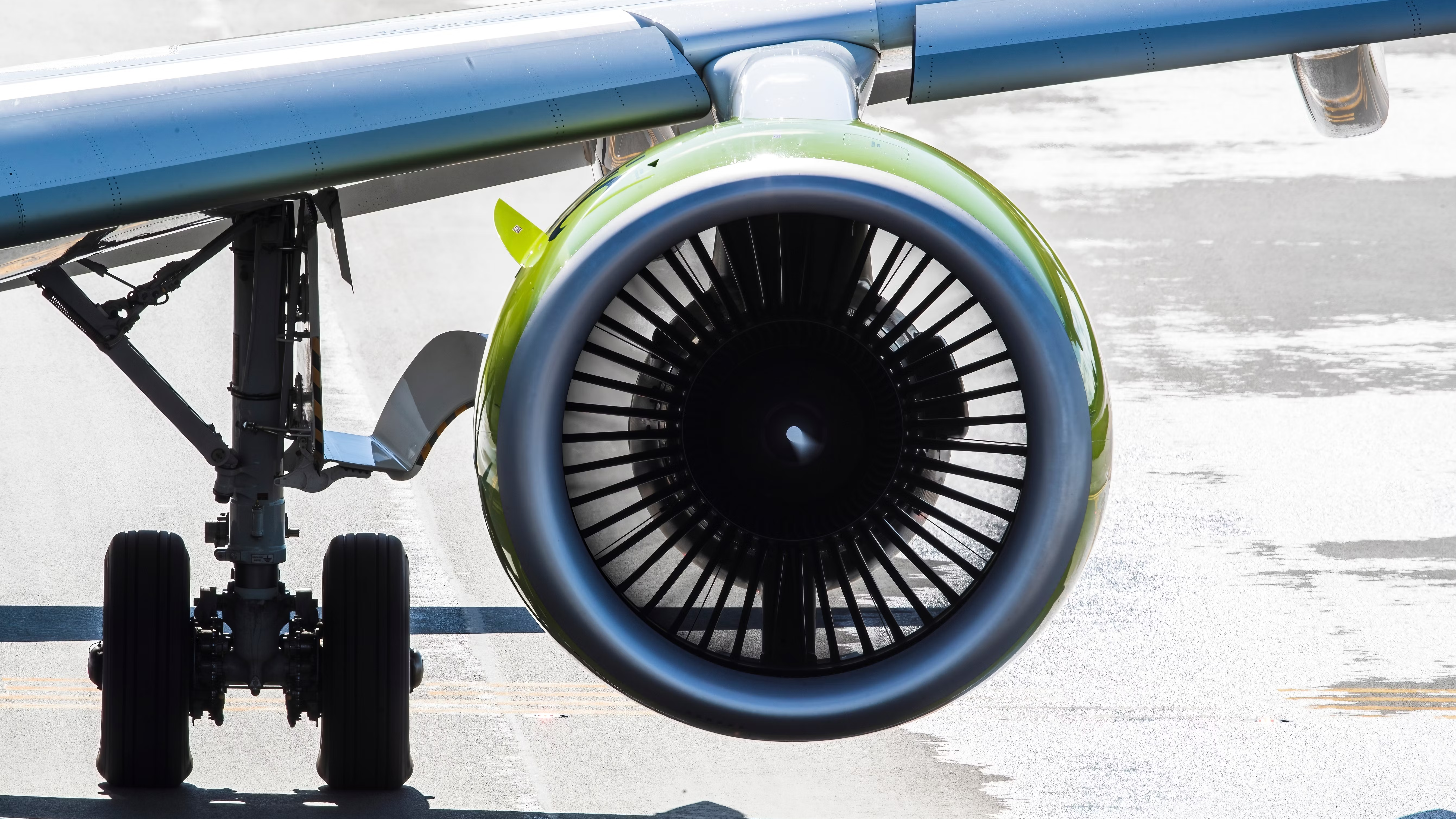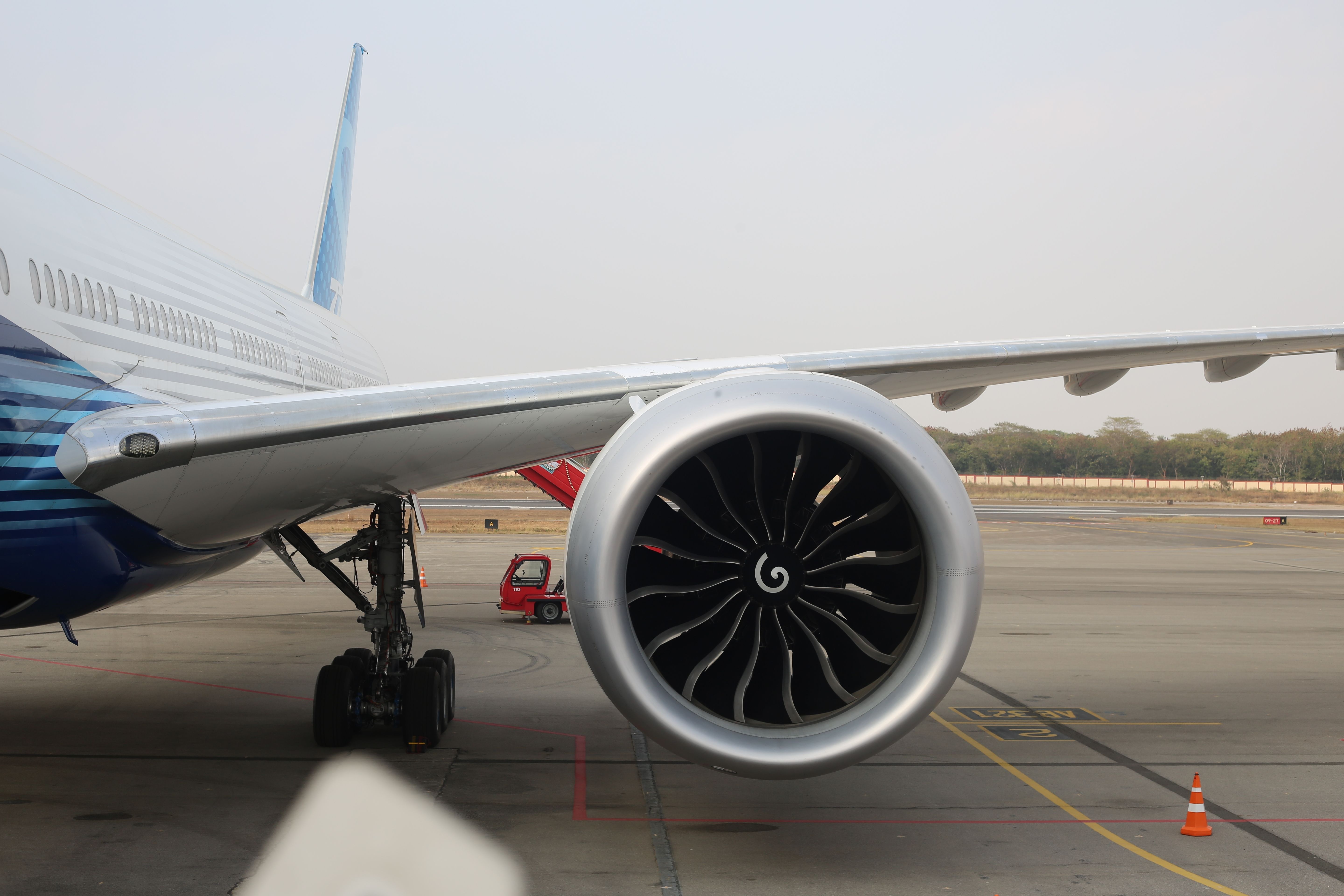Summary
- The aviation industry aims for net-zero carbon emissions by 2050.
- Sustainable Aviation Fuels and AI contribute to decarbonization efforts.
- Ground operations, from renewable power to efficient taxiing, also help reduce the carbon footprint.
It has never been a secret that commercial aviation is one of the world’s leading culprits when it comes to carbon emissions, as thousands of gallons of jet fuel are required to complete a simple six-hour flight across the North American continent. According to the International Energy Agency, nearly 2% of global carbon emissions can be attributed to aviation, with the vast majority coming from commercial flights.
As a result, the international spotlight for years now has been on commercial airlines, with calls from environmental analysts and policymakers for the industry to rapidly decarbonize. In response to this pressure, it is unsurprising that millions worth of research has been poured into developing advanced low-carbon and zero-emissions capabilities for commercial airlines.
Photo: Ryan Fletcher | Shutterstock
But this research, for many, has not been enough, and the increasingly slow rates of decarbonization are likely to prove too slow to make a significant impact on global
sustainability
. Thus, a goal of net-zero carbon activity has been set by the industry as a whole by 2050, a lofty goal that seems almost too impressive to be truly attainable. Let’s take a deeper look at what progress commercial airlines have made towards achieving this objective.
High-level improvements
When aviation industry analysts are asked what major steps have been made toward achieving carbon neutrality, most will immediately point toward the widespread adoption of
Sustainable Aviation Fuels
(SAF). While these natural fuels are unquestionably better for the environment than conventional jet fuel, many have indicated that their adoption is not the be-all-end-all solution that many environmentalists have suggested.
To their genuine credit, major steps have been made by global regulators to encourage the widespread adoption of sustainable fuels. The European Union has introduced new fuel blending mandates and the United States government has sponsored the creation of new multi-million dollar SAF plants.
Photo: Karolis Kavolelis | Shutterstock
Advances in artificial intelligence have also played a major role in helping improve airline operational efficiency, which in turn assists in the reduction of carbon emissions. Traditional methods of planning aircraft paths through winds and adverse weather have been consistently improved over time, to help carriers capitalize on favorable conditions.
According to USA Today, better flight planning is another major step that carriers have taken to help improve sustainability and push toward net-zero status. By incorporating next-generation artificial intelligence to help create flight patterns, carriers can significantly reduce carbon emissions while providing their passengers with smooth rides at the same time.
More niche steps forward
There are other ways in which carriers are making steps forward to reduce their carbon footprint, some of which do not directly relate to airborne operations. Airlines produce significant carbon emissions on the ground, as everything from maintenance operations to cargo loading and aircraft taxiing can be fossil-fuel intensive.
Photo: Aerospace Trek | Shutterstock
One of the latest advancements is the use of renewable power supplies for aircraft while they are on the stand so that they do not require engine power while on the ground. Other analysts have pointed to pilots only using one engine during taxi as another industry measure that has led to lower fuel consumption.




